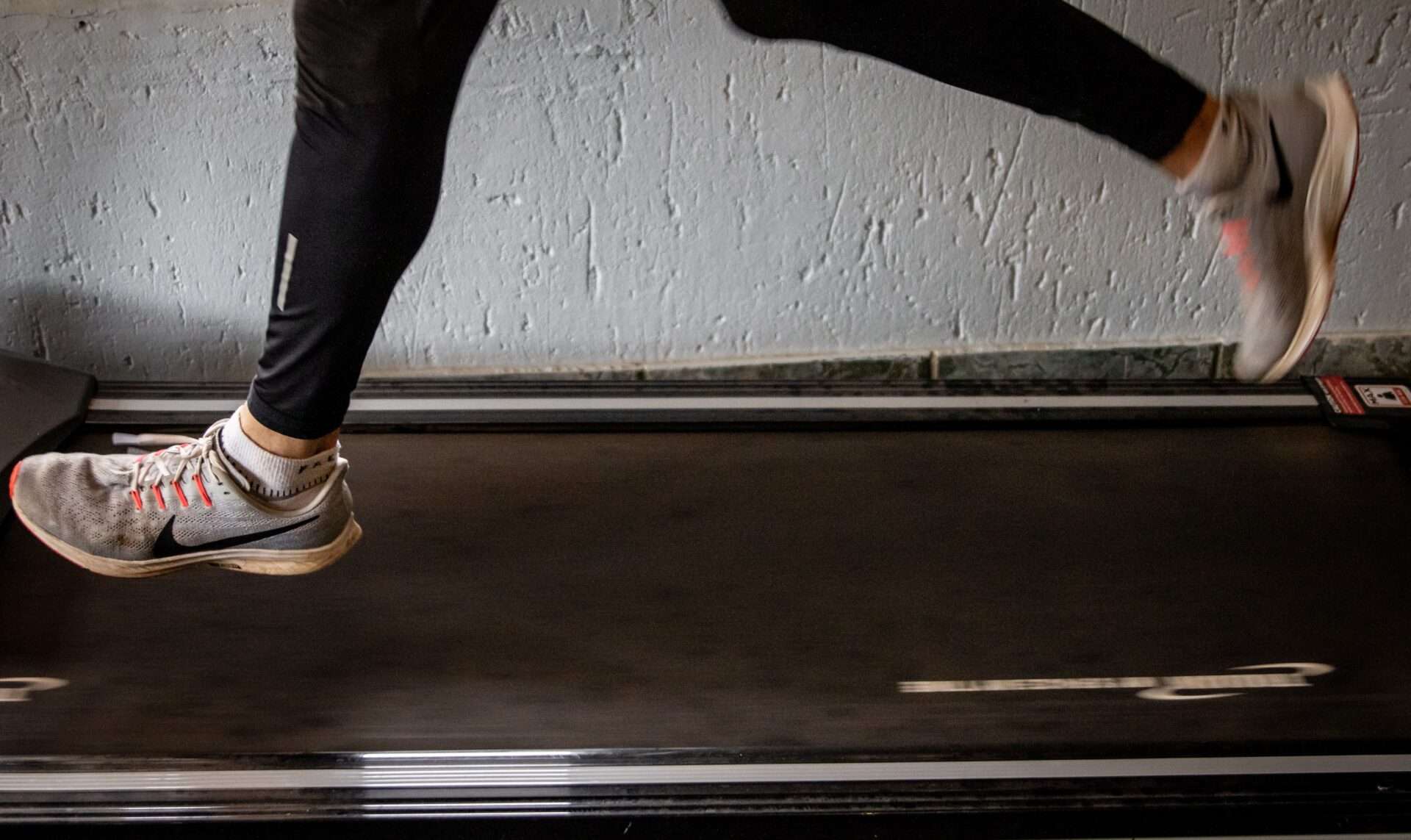The Ultimate Indoor vs. Outdoor Running Comparison
Choosing between treadmill and outdoor running involves more than just personal preference. This science-backed guide helps you maximize the benefits of each environment based on your fitness goals and lifestyle.
Outdoor Running
Key Benefits
- Biomechanical Advantages: Natural stride variation reduces repetitive stress injuries
- Mental Health Boost: 30% greater stress reduction from green space exposure
- Vitamin D Synthesis: 20-30 minutes provides daily vitamin D requirements
- Terrain Variety: Engages 15% more muscle fibers than treadmill running
- Race Preparation: Better simulates actual race conditions
Considerations
- Weather Dependence: Heat/humidity can increase perceived effort by 10-20%
- Impact Forces: Concrete surfaces generate 3-5x body weight impact
- Safety Factors: Requires visibility gear and route planning
- Air Quality: Urban runners face 2-3x higher pollutant exposure
Ideal For:
- Race-specific training
- Trail runners and hill work
- Those needing mental health benefits
- Vitamin D deficient individuals
Indoor Running
Key Benefits
- Precision Training: Exact control over pace and incline (±0.1mph accuracy)
- Reduced Impact: Treadmills absorb 20-40% of shock compared to pavement
- Multitasking: 68% of treadmill runners combine with entertainment/learning
- Consistency: Eliminates weather variables for strict training plans
- Safety: No traffic or uneven terrain risks
Considerations
- Metabolic Difference: 5-10% easier at same perceived effort
- Stride Alteration: Treadmill belt pulls leg backward, shortening stride
- Air Circulation: Gym air contains 2-5x more bacteria than outdoor air
- Mental Challenge: 42% report higher perceived exertion indoors
Ideal For:
- Injury recovery and rehabilitation
- Precision interval training
- Bad weather alternatives
- Beginners building consistency
Hybrid Approach Recommendations
| Runner Type | Recommended Mix | Rationale |
|---|---|---|
| Marathon Trainers | 80% outdoor / 20% indoor | Long runs outdoors, speed work indoors |
| Injury-Prone Runners | 50% outdoor / 50% indoor | Reduce impact while maintaining variability |
| Winter Runners | 30% outdoor / 70% indoor | Maintain consistency in cold months |
| Beginner Runners | Flexible based on comfort | Build confidence with indoor options |
Transition Tips Between Environments
- Outdoor to Treadmill: Set incline to 1% to simulate wind resistance
- Treadmill to Outdoor: Reduce pace by 15-30 sec/mile initially
- Surface Transition: Allow 2-3 weeks for musculoskeletal adaptation
- Mental Adjustment: Use outdoor scenery videos for treadmill runs
Pro Tip: The American College of Sports Medicine recommends varying running surfaces to distribute impact forces and prevent overuse injuries.
#RunningEnvironments #TreadmillVsOutdoor #SmartRunning
Number of Views: 12



